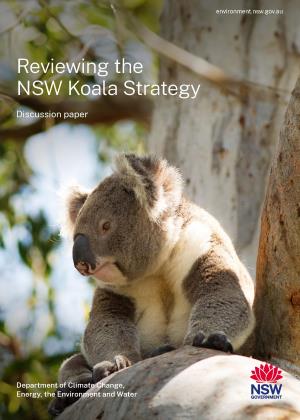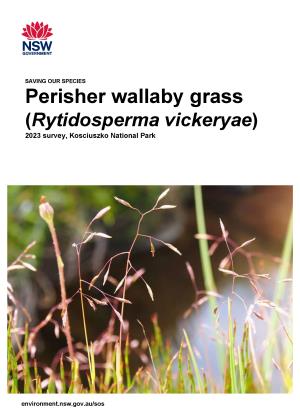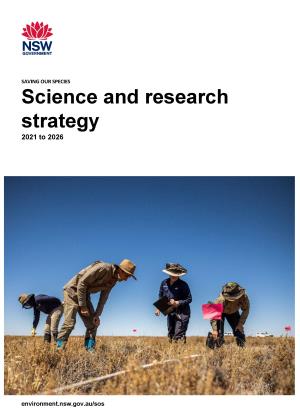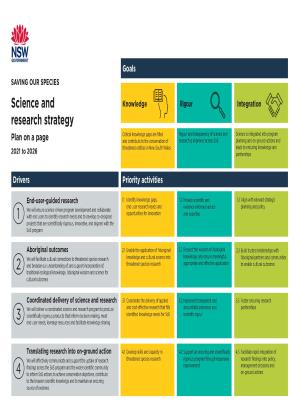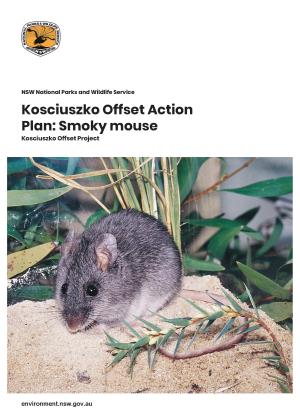The spread of foxes across southern Australia in the late 1800s and early 1900s coincided with regional extinctions of several species of bettong, the greater bilby, numbat, bridled nailtail wallaby and the quokka.
Many of these species persist only on islands or areas of the mainland where foxes are rare or absent. Similarly, foxes have been linked to regional extinctions of four species of ground-nesting birds from western New South Wales, and the decline of a further seven such species.
More recent experimental studies have shown that foxes continue to suppress populations of several species of rock-wallabies, the eastern grey kangaroo, brush-tailed bettong, long-nosed potoroo and the numbat. Several species of bandicoots, common brushtail possum, common ringtail possum and the Murray River turtle are also affected. Because of foxes, numerous attempts to reintroduce threatened native fauna into areas of their former range have also failed.
NSW Fox Threat Abatement Plan 2010
Foxes are now widespread across the continent and eradication is not possible in the immediate future. However, their impacts on native fauna can be substantially reduced by intensive broad-area fox control, targeting areas where native fauna are vulnerable to fox predation.
The NSW Fox Threat Abatement Plan 2010 establishes priorities for fox control to conserve biodiversity in NSW. At present, intensive across-tenure fox control has been established at more than 50 priority sites over almost 1 million hectares of public and private lands. Monitoring programs have been established to measure the responses of target threatened species, other native fauna and foxes at these sites. Monitoring aims to refine the priorities for control and the methods used over time.


